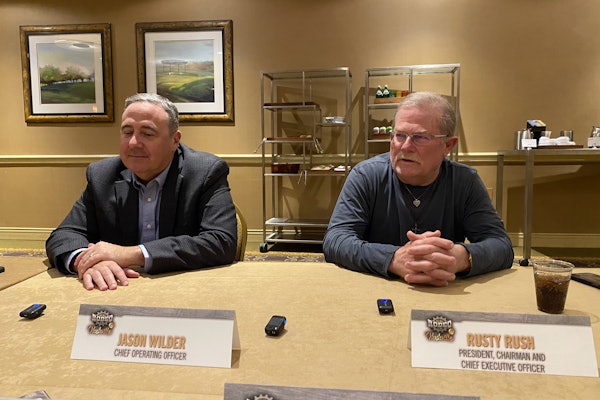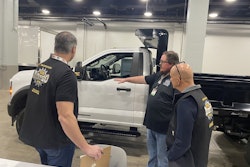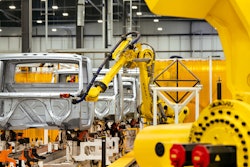It almost defies logic that a mighty diesel engine could be destroyed by something as fleeting and fragile as a bubble. But when that bubble is in coolant and it is formed in the cylinder liner, over time, the results can be devastating. It is called cavitation corrosion and it represents one of the reasons that today’s coolant formulas are so important.
The cavitation challenge can be traced to the combustion process, where the pounding motion of a piston will cause a cylinder to vibrate, generating bubbles in the coolant that flows around the cylinder liner. These bubbles can implode against the liner with enough force to pit the metal, eventually chewing their way into the combustion chamber.
Effective chemistry in today’s extended-life coolants (ELC) – including nitrites or nitrite-molybdates – can attack the specific location of any weakness in the cylinder liner’s protective coating.
“There still is a prevalent amount of conventional coolant out there,” according to Carmen Ulabarro, direct channel manager, Chevron Products. But the ELC products are approaching 50 percent of the marketplace, if they have not reached that point already, she says. That is due in no small part to the fact that the reservoirs in new trucks are filled with the advanced chemistry as soon as equipment rolls off the assembly line.
The trucking industry was introduced to these formulas in 1996, shortly after General Motors introduced the Dexcool extended-life coolants, which marked the beginning of the end for annual flush and fills in the automotive world. Caterpillar responded by releasing the standards for an ELC that could be used in a heavy-duty application.
That introduced a fundamental shift in the chemistry that could be poured into a reservoir.
“Most conventional coolants work by laying down a layer that forms a barrier between the metal surface and the coolant,” Ulabarro explains. Since water and glycol are extremely corrosive, additives are needed to provide extra protection.
But there is a downside.
“As the additives plate out to protect against corrosion, deposits are formed, the ability to transfer heat is decreased and the efficiency of the radiator decreases as well,” says Stede Granger, OEM technical service manager at Shell Lubricants. In contrast, an ELC will not make these deposits.
Still, the industry has yet to be able to produce one bottle that truly fits all, since each engine maker is looking for the chemical fixes that address specific needs.
An engine maker that speeds up a water pump is more likely to need cavitation protection, while the designers of a power unit with a larger cooling system won’t worry about this as much. Coolants also need to be compatible with any plastics, metals and seals that exist. Cummins, for example, needed to upgrade the gaskets on its ISX engine before an ELC formula could be used, Granger says.
Detroit Diesel and Mercedes-Benz engineers also have been balking at the use of nitrites since 1996 because nitrites can be aggressive to aluminum, and European regulators see the chemicals as carcinogens.
Recent service bulletins have eased the restrictions, allowing nitrated formulas in the Series 60 and DD15 engines.
“The only way nitrite can form a carcinogen is if there are amines in the coolant, and there are no amines in the coolant,” Ulabarro adds. (Ironically, nitrites are allowed in everything from sausages to wine.)
The users of test strips should be happy. One of the primary tests used to check the effectiveness of an ELC is a measurement of the nitrite or nitrite-molybdate. Without these tests, the strips would largely be limited to measuring the freeze point that reflects the ratio of glycol and water. Granted, some test strips still consider the presence of molybdates to be “contaminants” within the coolant, and still will recommend a flush if they appear.
The chemistry also has needed to evolve, addressing the changing emission requirements that introduced exhaust gas recirculation systems and the dramatic increases in temperatures that came with them. While coolant temperatures have increased by as little as 5







